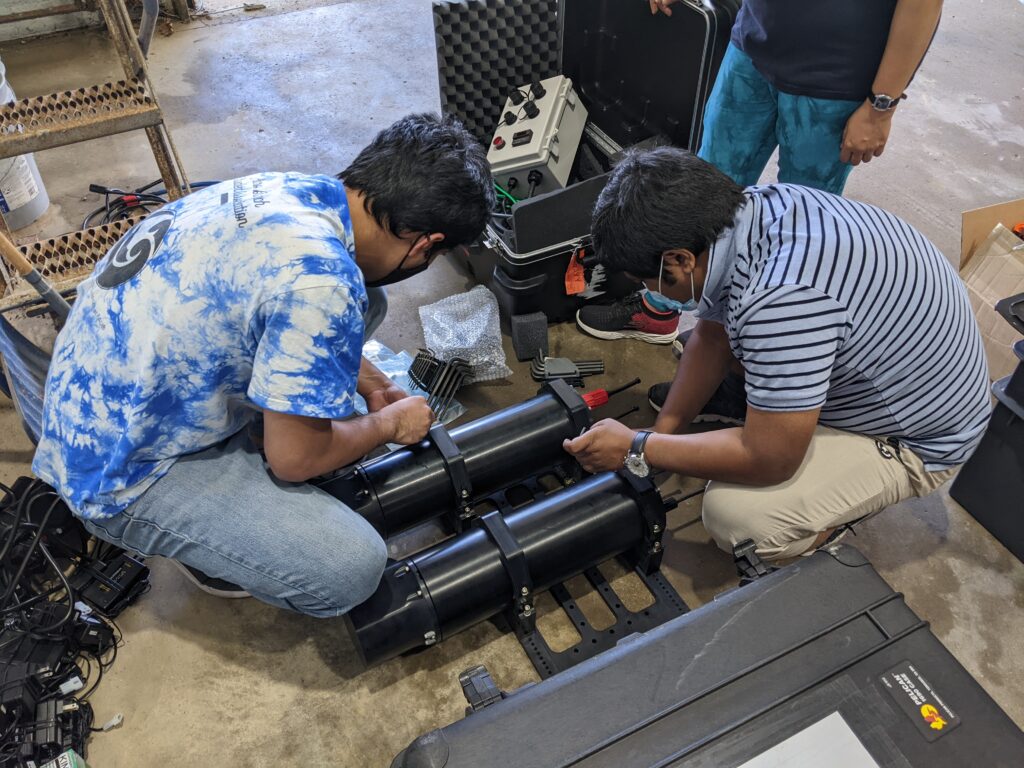
Since 2020, GLOS and a number of regional partners have been part of a pilot project team that is testing and deploying technologies that can help better understand harmful algal blooms.
Some technologies that the group is working on include a holographic imaging system called AUTOHOLO and a “lab in a can” environmental sample processor that can autonomously track toxin levels.
This Great Lakes pilot is funded through the National HAB Observing Network (NHABON) and has expanded in scope and the number of organizations involved since its inception. The collaboration includes:
- NOAA GLERL
- NOAA National Centers for Coastal Ocean Science (NCCOS)
- Michigan Tech Research Institute
- Monterey Bay Aquarium Research Institute
- Florida Atlantic University
- University of Minnesota-Duluth
- University of Wisconsin-Milwaukee
- University of Wisconsin-Green Bay
- NewWater
- Cellcom
- Aexonis
HABON is one of the most recent projects GLOS has undertaken to help improve our region’s understanding of HABs. Learn more about HABON and what else GLOS has done since the Toledo Water Crisis of 2014.
